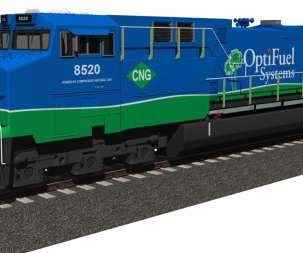Study finds propane school buses significantly decrease NOx emissions compared to diesel
Green Car Congress
AUGUST 5, 2019
According to a study commissioned by the Washington, DC-based Propane Education & Research Council (PERC), NO x emissions measured from propane autogas school buses were substantially lower than those measured from diesel school buses. For the stop-and-go route, NO x emissions were 34 times higher for the diesel school bus.















Let's personalize your content